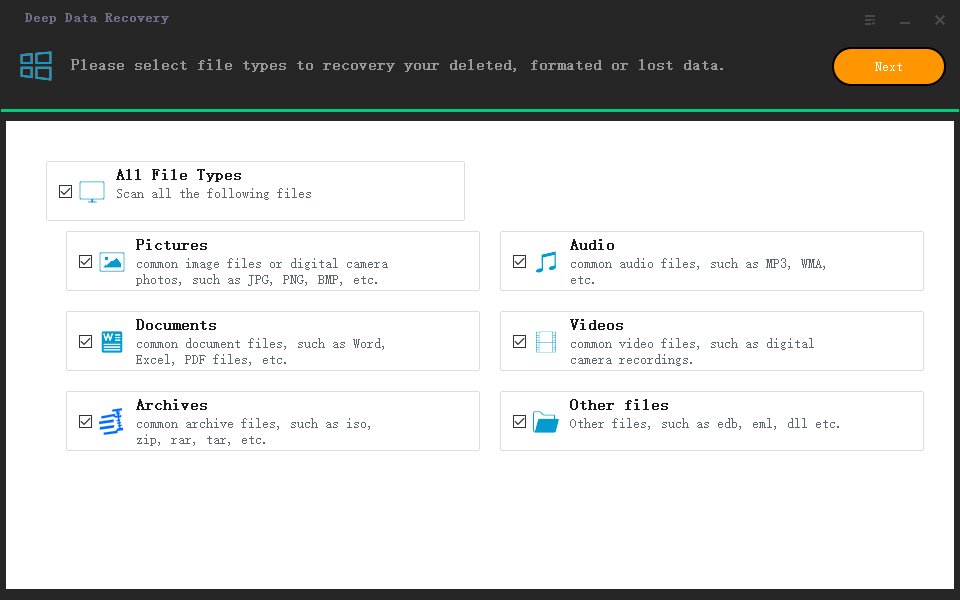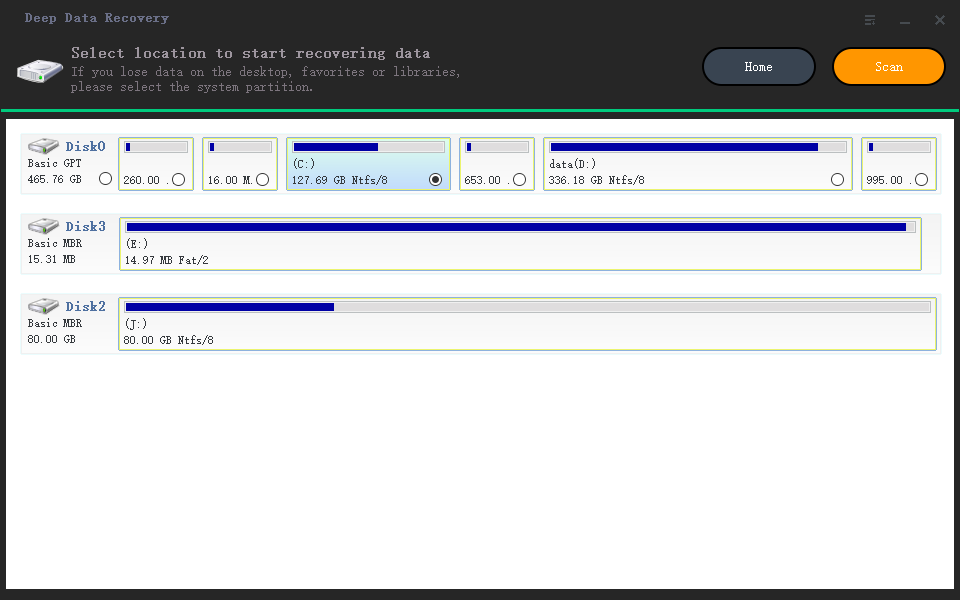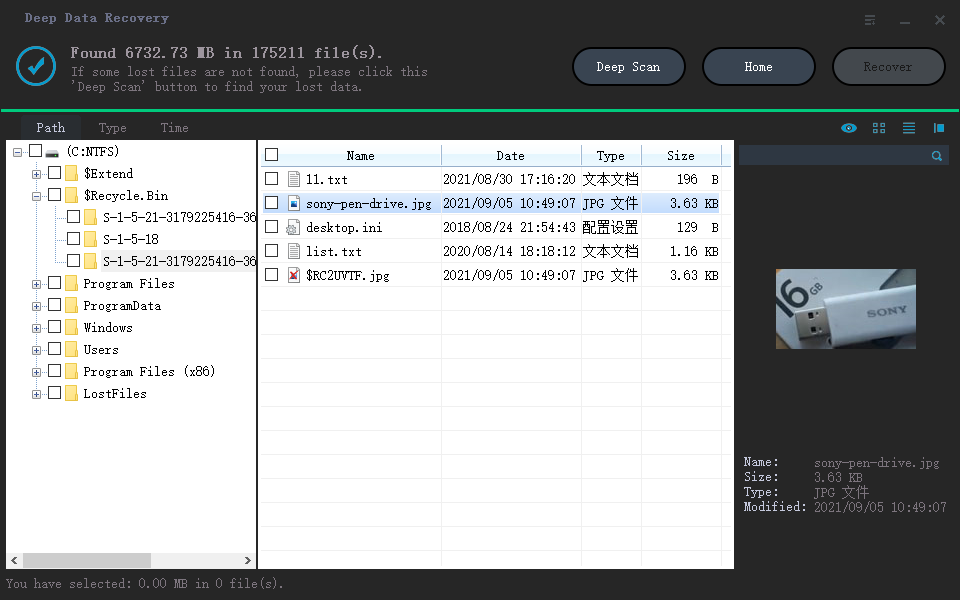How to Fix/Recover Corrupted Photos/Pictures Half Greyed Out

Last week, I took some great pictures with my camera and transferred them to a folder on my computer. Everything went smoothly for the earlier days, but I didn't mention what happened next. Was that correct?
You're experiencing issues with some photos disappearing or grayed out on your device. To recover photos, try checking your device's storage for any deleted photos that might still be recoverable. For the grayed out photos, it's possible that they're corrupted or have issues with their metadata. You can try using a photo editing app to see if it can recover or repair the photos. If the issue persists, you might want to consider using a photo recovery software or seeking help from a professional.
Overview of half greyed out photo recovery
Corrupted photos can be frustrating, especially when they appear half or fully grey/black, seemingly out of nowhere. This issue can occur on various devices, including computers, SD cards, and USB drives, and can be a surprise to many users. Unfortunately, it's not uncommon for this to happen, and it can lead to further photo loss issues if not addressed promptly.
1) The image is corrupted or damaged, making it unrecognizable to the AI. 2) The image is not in a format that the AI can read, such as a JPEG or PNG. 3) The image is too small or too large for the AI to process.
- Unknown errors cause pictures corrupted.
- Images were not transferred completely or properly.
- Failed recovery of deleted photos with unreliable data recovery software.
- Storage devices such as hard drives, memory cards, digital cameras, or USB drives can become corrupted or contain errors.
Photo recovery and image repair are two different processes. Repairing half-greyed images can be challenging, but there are two ways to try and resolve the issue:
To restore lost photos, download photo recovery software to scan and retrieve the images. Next, apply an image repair tool to fix half-grayed out photos and restore them to their original quality.
Part 1. Recover lost photos half grayed with photo recovery software
This software is designed to recover deleted or disappeared photos, as well as restore half-greyed out photos that were previously recovered by unreliable software.
Qiling data recovery software provides an easy solution to restore unlimited photos and files from all data loss cases, allowing you to recover lost photos and original image files before they are half grayed out.
Step 1. Select file types and click "Next" to start
Launch Deep Data Recovery. Select file types and click "Next" to start.

Step 2. Choose the location and start scanning
To recover deleted/lost pictures, hover on the SD card, camera, or hard drive partition where the pictures were deleted/lost, and then click the "Scan" button.

Step 3. Select the pictures you want to recover
Once the scanning completes, select "Pictures" in the left panel, and if you want to locate the lost photos, click "Lost" on the top list, allowing you to find them by device, type, or date.

Step 4. Recover lost photos
After the preview, click "Recover" and choose another location to save the desired pictures.
To restore and repair half or full greyed out photos, first restore the photos from your backup, then check each one individually and save the good ones to a secure location. Move the bad ones to a folder on your PC. Next, follow Part 2 to repair the greyed out pictures.
Part 2. Repair corrupted/half-greyed out photos with image repair tool
Applies to corrupted, half or full greyed out picture repair.
Qiling photo recovery software can be thought of as a memory recaller, while an image repair tool is like a broken memory restorer. With a reliable image repair tool, you can restore half-greyed or even corrupted photos back to their original state.
Since Qiling software does not provide an image repair tool, we've compiled a list of two recommended tools for you to try. Alternatively, you can search online for a suitable tool that meets your needs.
- OfficeRecovery Web Tool
You can use an online repair tool to fix your corrupted files without needing to download and install anything on your PC. The tool's website address is https://online.officerecovery.com/pixrecovery/.
- JPEG Repair
Some software, like Stellar's and Systools', can repair multiple types of images, including JPEGs. You can download these tools from their websites to help recover damaged pictures.
- Tip
- If two solutions fail to recover or repair the half grayed out pictures, you might take your storage devices to a local manual data repair center for help.
Related Articles
- How to Fix Dell No Hard Drive Detected Error
- NAS Data Recovery Software: Recover Data from NAS
- Text Recovery Converter Word | Fix Corrupted Word and Recover Text
- [Solved] Cannot Connect to Camera Please Make Sure to Close Other Apps